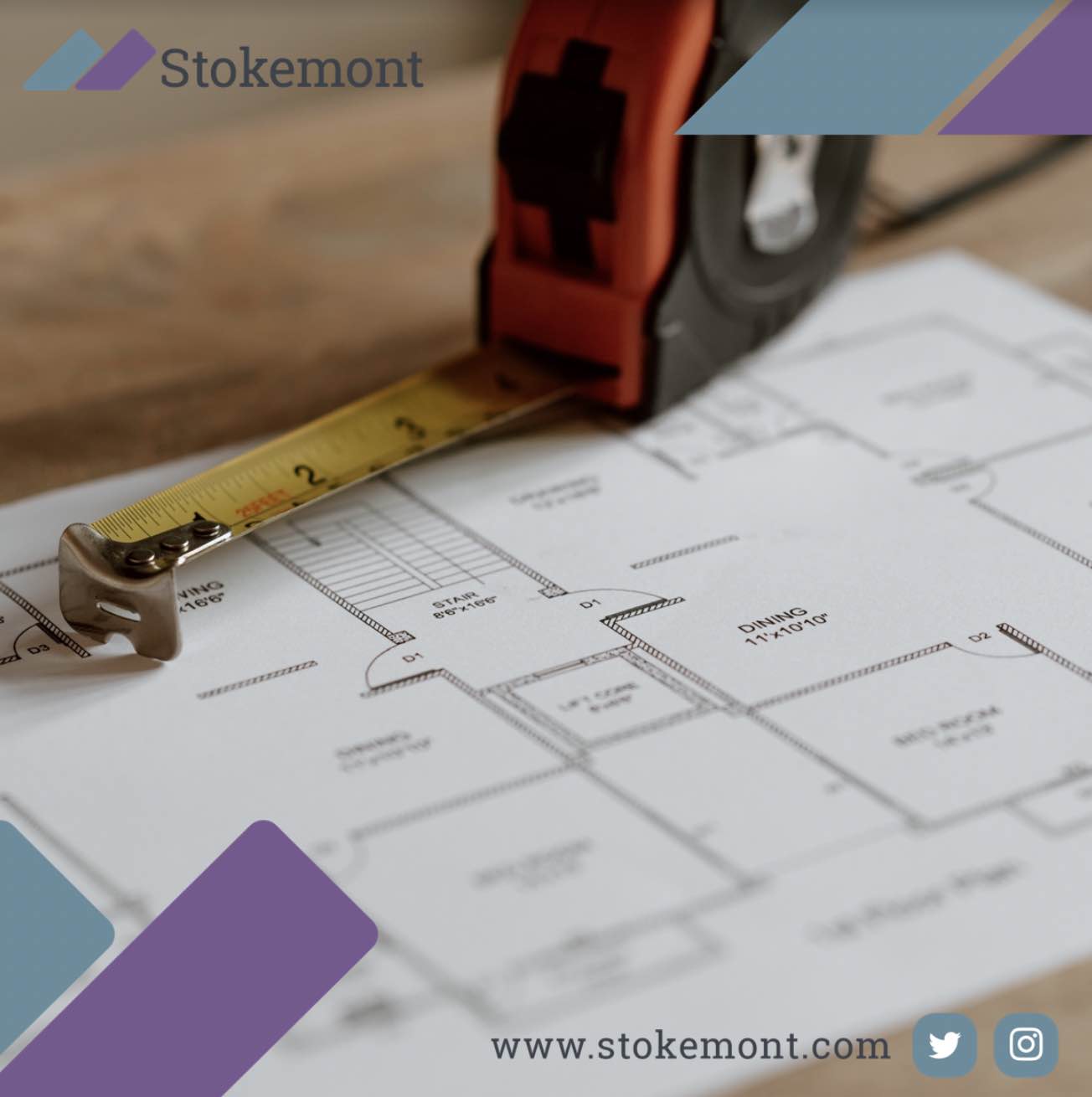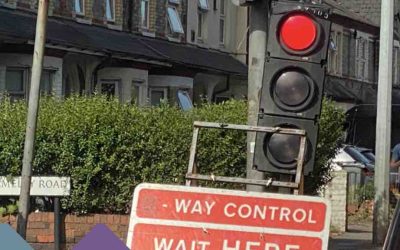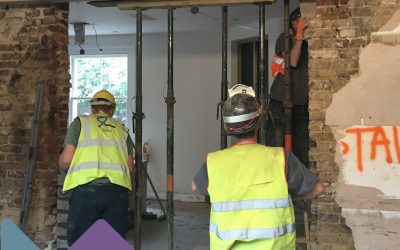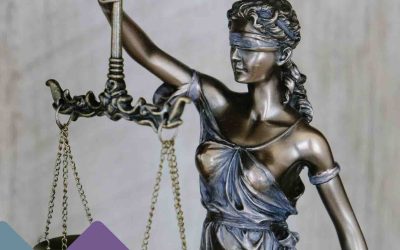In today’s Property Surveying blog post topic we are going to be taking a look at licence for alterations.
Licence for alterations are applicable to pretty much every leasehold property within England and Wales.
The terms of the leaseholder’s lease will se out procedures and provisions that need to be followed in the event that they are planning on undertaking construction works, or works to their property which meet the definition of an alteration as per the lease’s terms.
First and foremost, it is important to note that licence for alterations procedures are a relatively unknown procedure. In many cases leaseholders wouldn’t have had a great deal of interaction with having to go through the procedures until they are actually required to.
A good architect will generally speaking flat this up to the leaseholder at the earliest opportunity and usually in the process of the plans being drawn, however it is not uncommon for architects to leave the finer points of the procedural aspects to the leaseholder to unravel and resolve themselves. Here at Stokemont, we understand that knowledge is power especially when it comes to construction works and property law, and therefore in today’s post we are going to be looking at the type of common procedures that can come into play if indeed your works fall within the realm of a licence for alterations.
First and foremost, as the leaseholder, be prepared for the freeholder to not only request the professional input of a surveyor, or a Chartered Surveyor, however they are also incredibly likely to require the professional input of a conveyancer or property solicitor.
There is also likely to be a number of requests that come into play from these two respective professionals, ultimately ensuring that they have all of the necessary information to make a fully informed decision in respect of the licence for alterations procedures.
Commonly these types of requests will be as follows:
Construction Information
Construction information is one of the most common types of request that a freeholder is likely to make.
The request itself is likely to be as much information as can possibly be obtained from the leaseholder.
This could include things like a Schedule of Works, also commonly referred to as a Specification of Works. Full construction drawings, method statements for the proposed works, and confirmation of the types of materials to be used.
The premise behind this request is that the freeholder will be able to then make a fully informed decision on the works in possession of all of the information surrounding them.
Construction Drawings
While we have touched on this in the above point, construction drawings are almost certainly going to be requested.
Irrespective of the types of work that are being planned, it is incredibly uncommon for a freeholder to not want some level of construction drawings or proposed works drawings presented and provided to them. This could be as simple as a pre-works and post works site plan, however is more likely to be in depth and thorough information surrounding all of the construction works themselves.
It is important to get a good architect on board sooner rather than later, as ultimately they are going to need to get these drawings prepared as soon as possible so that the freeholder has a full pack of information in that regard.
Contractor Information
The next point to bear in mind that is going to be requested is information on the contractor who is actually undertaking the works.
The contractor’s information will be incredibly important, as effectively the freeholder will want to know that the person or company on site actually undertaking the works is competent and not going to place their other leaseholders at any risk in that regard.
The freeholder is likely to request contractor insurance credentials, as well as information on who is going to actually be undertaking the works, managing the works and contactable in the event of issue.
Statutory Consents
Statutory consents is far and wide however ultimately sets out that the leaseholder is able to present permissions and proofs that they have gone through all of the necessary legal procedures.
This can include, however is not limited to:
- Party wall surveying procedures as per the Party Wall etc. Act 1996.
- Planning permissions, or permitted development consents.
- Building Regulations applications.
- Access licences.
The freeholder will want to ensure that in granting the permission for the alterations, that they are doing so in the knowledge that the other legal procedures have been followed.
Here at Stokemont, we deal with licence for alterations procedures on a daily basis. We are also very pleased to work for both leaseholders and freeholders alike.
If you would like to discuss your licence alterations matter with our team of experienced and qualified surveyors here at Stokemont, give us a call today and we would be more than happy to assist and advise you.




